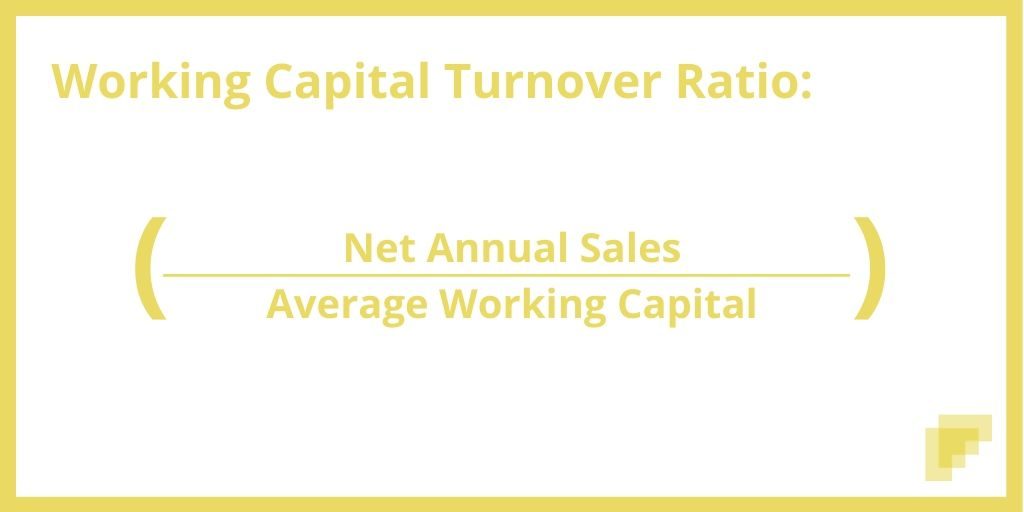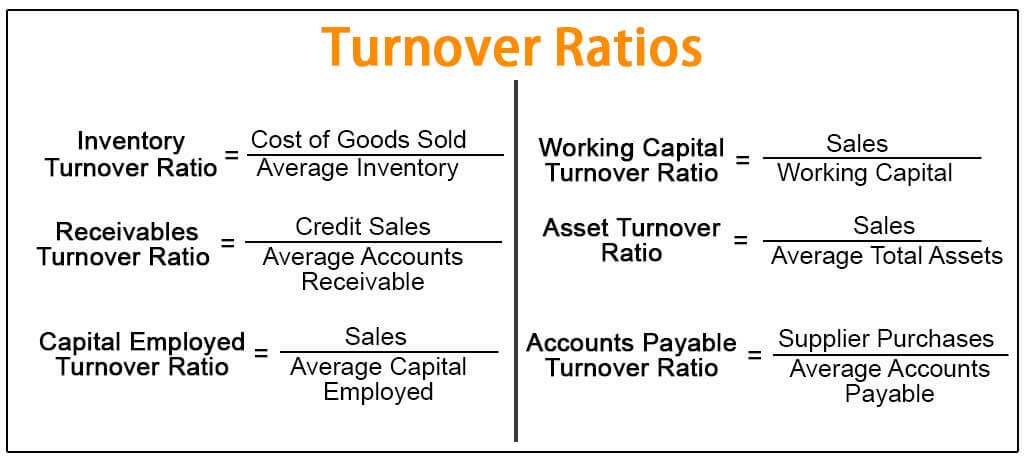Working Capital Turnover Ratio Meaning, Formula, Calculation

This can result in inventory obsolescence or accounts receivable bad debt writeoffs. If you want to see how your business performs compared to others, it’s important to focus on businesses in your same industry. The average working capital turnover for another industry may be very different than in yours. Working capital turnover ratio is an important financial metric that measures how efficiently a company is using its working capital to generate sales revenue. The working capital turnover ratio measures how well a company is utilizing its working capital to support a given level of sales.
- That’s a whole other matter, one that can be assessed by a metric called “working capital turnover,” also known as the working capital turnover ratio.
- As with most profitability and performance, the context of the result is better understood when you compare it to other companies that are within the same industry or sector.
- Examples of current liabilities include accounts payable, short-term debt payments, or the current portion of deferred revenue.
- The times interest earned ratio (TIE) measures a company’s ability to make interest payments on all debt obligations.
How The Working Capital Turnover Ratio Can Help Identify Cash Flow Problems
Let’s say that the Yellow Company finishes the year with $2.1 million dollars in sales and $200,000 and $400,000 in working capital at the beginning and the end of the year. That said, if your working capital turnover ratio is too high, it may be misleading. At first glance, it looks as though you’re operating at very high efficiency. If you’re working with very low working capital funds, you may run out of money to fund your business.
The Working Capital Turnover Ratio Calculation in Practice
Create and enforce a formal collection process to avoid incurring bad debt expenses, which decrease earnings. This 2020 report from the Federal Reserve reports that the median interest coverage ratio (ICR) for publicly listed nonfinancial corporations is 1.59. As mentioned above, TIE is also referred to as the interest coverage ratio.
Strategies to Improve WCTR

It’s worth mentioning know that just because you have working capital at your disposal doesn’t guarantee that you’ll be using it effectively. This shows that for every 1 unit of working capital employed, the business generated 3 units of net sales. As working capital is the money a company uses to run its daily operation, a company with negative working capital is not likely to last long. Rho’s AP automation helps process payables in a single workflow — from invoice to payment — with integrated accounting, and Rho fully automates expense management. Review all of the costs you incur, and identify areas where costs can be reduced. If you can purchase a product through multiple suppliers, you can force the suppliers to compete for your business and offer lower prices.
How to calculate the times interest earned ratio
A high working capital turnover ratio is indicative of efficient use of working capital, while a low ratio may indicate a less efficient use of working capital. The Working Capital Turnover Ratio indicates how filing income tax return late effective a company is at using its working capital. In other words, it displays the relationship between the funds used to finance the company’s operations and the revenues the company generates as a result.
It signifies how well a company is generating its sales concerning the working capital. The two variables to calculate this ratio are sales or turnover and a company’s working capital. The company’s working capital is the difference between the current assets and current liabilities of a company. Another financial metric, the current ratio, measures the ratio of current assets to current liabilities. Unlike working capital, it uses different accounts in its calculation and reports the relationship as a percentage rather than a dollar amount. A company’s balance sheet contains all working capital components, though it may not need all the elements discussed below.
Comparing to the industry average enables businesses to set benchmark targets and aim to exceed them by making continuous improvements in working capital management. Working capital, which is current assets minus current liabilities, is a balance sheet item that is why it is important to take the average of working capital. The working capital for Hindalco for the two respective periods is 9634 and 9006.
It measures how efficiently a business turns its working capital into increase sales. The working capital turnover ratio shows the connection between the money used to finance business operations and the revenue a business earns as a result. We have prepared this working capital turnover ratio calculator for you to calculate the working capital turnover ratio of any business you like. The working capital turnover ratio formula tells you how much revenue a company can generate given its average working capital. A company’s financial health depends on the total amount of debt, and the current income (earnings) the firm can generate. At the company level, internal factors can influence asset turnover ratio.
The formula measures how funds go into operations and generate profits for your organization. The goal of the working capital turnover formula is to track efficiency over time and identify the areas of improvement. In summary, the WCTR serves as a valuable diagnostic tool for businesses. By analyzing this ratio, companies can fine-tune their working capital management strategies, improve cash flow, and enhance overall financial performance. Remember that context matters—industry norms and company-specific factors influence the interpretation of the WCTR.
